Finding a Hook: Digging Deeper into What Truly Engages a Child
Anytime we learn something new, it brings new words into our vocabulary. In the ESDM world, one of those words is “hook.”
Think of it literally — a hook is what pulls a child into engagement. In ESDM intervention, a hook is that special feature of a toy or action a child finds so fun that it keeps them involved and coming back for more. Once you identify a hook, you can use it throughout routines or activities as a reinforcer — delivered immediately after the child does something you want to see more of.
What Really is Reinforcing?
When we ask, “What are this child’s reinforcers?” we often hear objects or actions: bubbles, tickles, marble tower, dollhouse, and so on.
The tricky part is that these items themselves may not be the true reinforcer for every child. So what is?
Maybe it’s the adult’s silly voice during tickles.
Maybe it’s the pop of the bubble on the child’s face — or the slimy feel of the solution.
Maybe it’s the sound of the dollhouse doorbell or the motion of the front door opening and closing.
When we take time to discover why a child enjoys something, we start uncovering the real hook.
Digging Deeper: A Marble Tower Example
If someone tells me a child loves a marble tower, I want to know what part of it they love.
Is it assembling the pieces?
Watching the ball roll back and forth?
A particular wheel or section that fascinates them?
Let’s say I determine the hook is watching the ball travel down the tower. Now I can use that specific moment to increase interaction and teach new skills:
I might roll the ball each time the child completes a requested step.
I might roll it as soon as they check in with eye contact.
I can make the rolling of the ball contingent on language use.
I will definitely roll it just to extend the duration of smile exchanges.
By identifying that one simple element, countless learning opportunities open up. And because I know the child enjoys the descent of a ball, I can now find other toys with similar movement — building engagement across activities.
Same Toy, Different Hooks
Below are two sets of short video clips. Each uses the same toy, but the therapist describes what their patient enjoys most — their hook.
The takeaway: adults often assume what kids like. But if we slow down and truly observe and listen through their actions, we’ll find a more meaningful answer.
🎥 Set 1: Car Ramp Hooks (first three videos to the right)
Instead of saying “This child likes the car ramp,” we might say:
“They like crashing items.”
“They like watching things go fast.”
“They like trying to catch.”
Each statement opens new possibilities to brainstorm other toys or activities that mirror that engagement.
🎥 Set 2: Playdoh Hooks (second three videos to the right)
Instead of saying: “He loves playdoh” now we know we should say:
· “He likes to pull apart pieces of playdoh and make little balls”
· “He likes to smash the playdoh structures”
· “He likes to use the playdoh cutting tools to cut pieces”
A Challenge for You
I challenge you to dig a little deeper. Don’t stop at surface-level observations. Find the tiny detail that truly serves as the hook.
When you do, you’ll notice more joy, stronger engagement, and deeper connection — all because you took the time to “listen” and uncover what really matters to the child.
Keep playing,
Tessa 🎈
P.S. Huge shoutout to our incredible RBTs who helped create the videos in this post! We’re so lucky to have such talented, caring team members who bring so much heart to their work every single day.
